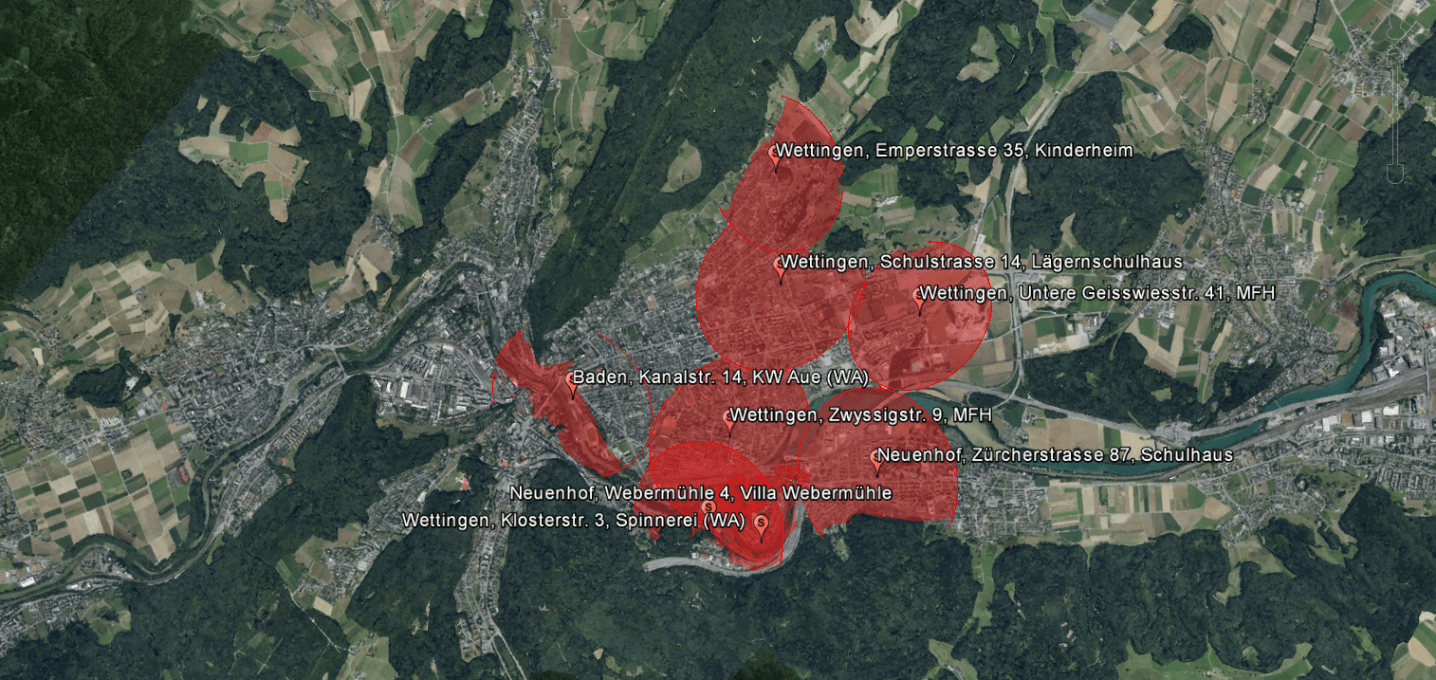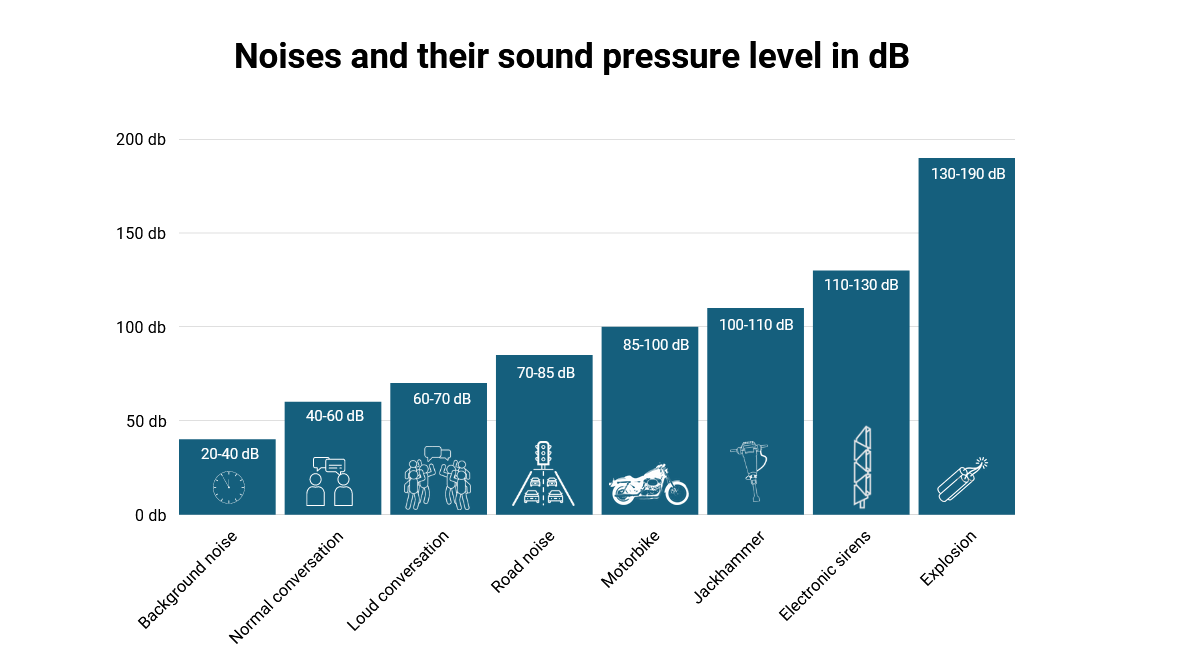Why does a siren project need a public address system analysis and planning?
Background noise is an important factor that can affect sound transmission. Therefore, measurement for correct sound is an important element in a siren installation project.
How can background noise be measured?
All sounds we perceive are air pressure vibrations that hit our eardrums. These are transmitted to our brain and converted into information there. Depending on the energy with which the vibrations, i.e. the sound, hit the eardrum, we hear either softly or loudly. The more energy a sound has, the louder it seems to us.
To measure loudness, we use the unit decibel – dB for short. The lowest perceived volume, i.e. the softest sound a person can hear, is 0 decibels. Volumes of around 50 dB are pleasant for us, whereas at around 100 dB the threshold of discomfort is reached and at around 120 dB the threshold of pain. Our sirens have a dB value of 112.7 db at a distance of 30m. Various factors can affect sound transmission, such as environmental influences, traffic density, urban settlement, construction type, industrial noise, as well as terrain conditions (mountains, hills, high building structures, etc.).
Kockum Sonics has high-precision sound level meters with which we can measure background noise. The measured values are then evaluated and provide important insights for sound reinforcement planning and for optimal product selection.
Sound planning
After completing the sound analysis, we evaluate the right model and the suitable location within the framework of sound planning. With the help of a specially developed sound reinforcement plan software, we draw sound reinforcement plans. The sound reinforcement plan software takes into account various aspects such as topography, building height and building density.


